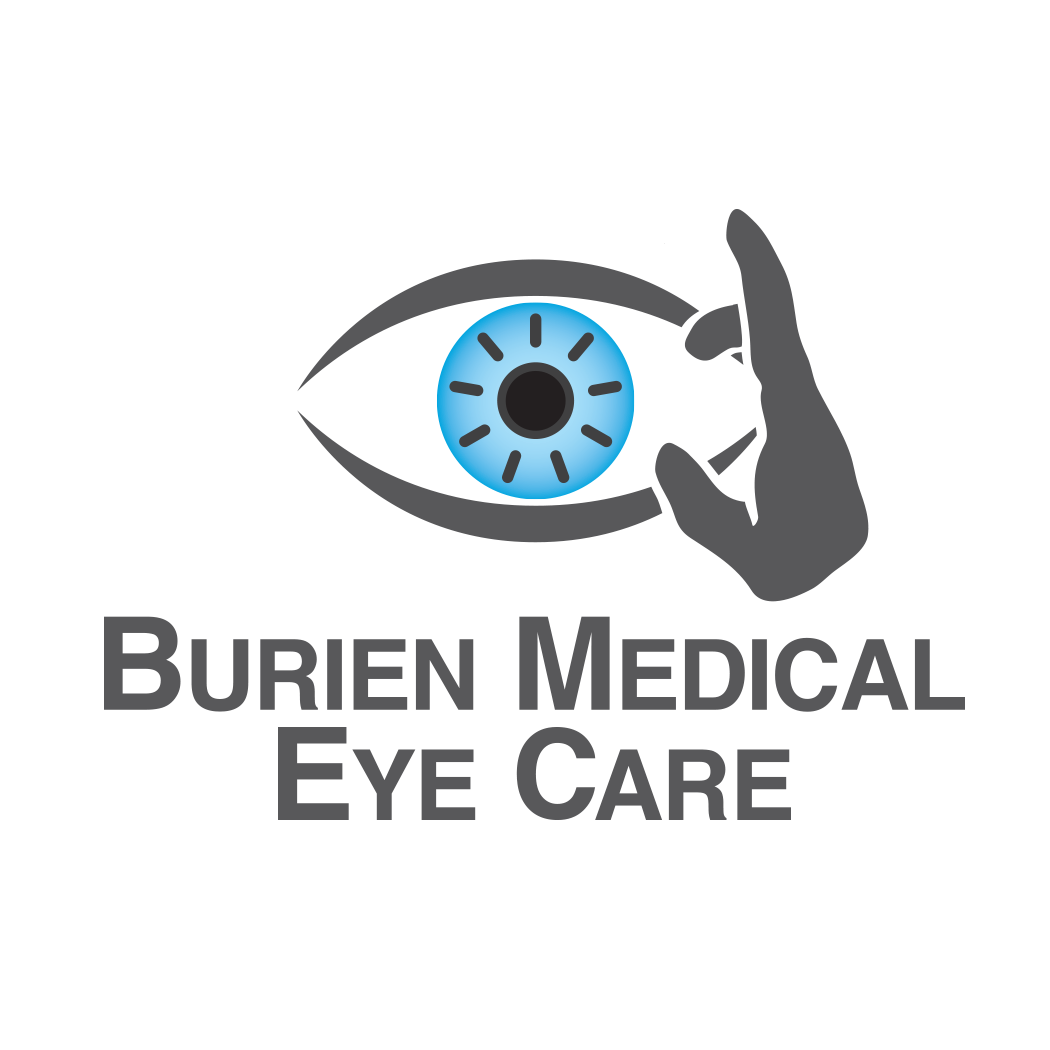Laser Capsulotomy
Laser capsulotomy, also known as laser posterior capsulotomy, is a treatment for removing a hazy film that sometimes forms after patients undergo cataract surgery. The procedure is painless and usually takes no longer than two minutes. Vision is immediately improved, and the results are permanent.
Lower Eyelid Ectropion and Entropion
Ectropion (rolling outward) or entropion (rolling inward) of the lower eyelid, if not treated, can lead to chronic eye irritation, tearing, crusting of the eyelid, and breakdown of the cornea. Most patients experience immediate resolution of the problem once surgery is completed, with little, if any, post-operative discomfort.
Pterygium Surgery
A pterygium, also known as surfer’s eye, is a raised, wedge-shaped growth of the conjunctiva that extends onto the cornea — the outer layer of the eye. These growths also can occur on either side of the eye. The irritation is often successfully treated with prescription eye drops. Surgery – is the only treatment that can remove a pterygium. It is preferable to remove the pterygium before it grows across the cornea. Otherwise, it may scar the cornea and cause permanent vision problems.
Stye Removal
A Stye is a red, hot, and tender bump on the outer (and sometimes inner) edge of your eyelid. Its appearance is similar to that of a pimple or a boil. Most styes are harmless. Medical treatment is often successful. Surgical treatment is a simple and quick procedure for an experienced eye surgeon.
Lid Tumor Removal
Eyelid tumors are abnormal growths around the eyes that may be either benign or malignant. While basal cell carcinoma is the most common malignant type of tumor, several other types may occur along the eyelid as well. Benign growths such as simple cysts or styes (chalazion) may also occur. Too much exposure to sunlight is a significant risk factor for developing skin cancer of the eyelids.
Careful examination by an experienced physician is performed to evaluate these lesions. Often, these growths will be photographed for further evaluation. A simple biopsy can determine the nature of an eyelid tumor, and treatment often depends on the results of the biopsy.
While the prognosis for eyelid tumors is generally quite good, they must be evaluated and treated promptly. If left untreated, these lesions can grow, and can infiltrate and erode the eye and its surrounding structures.
After a biopsy is performed, some tumors will not require any further treatment, while others can be managed with surgical removal, medical treatment, or radiation. If surgical removal becomes necessary, plastic surgery techniques can be used to repair the appearance and function of the eyelid.
Skin Tag Removal
Sometimes, what may look like a skin tag could actually be a different type of skin growth. If you notice a fleshy growth that has features that are not typical of skin tags, such as variations in color, sudden changes in size, or areas of bleeding or pain, ask your doctor to take a look.

